Fascination Alps

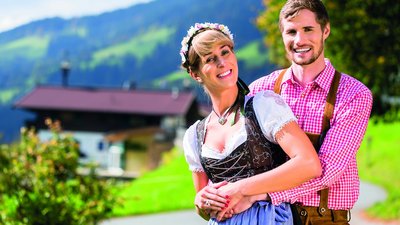
Under the title Fascination Alps, the theme brings together the destinations of the mountain region between snow-capped peaks, blooming alpine meadows and deep mountain lakes. In summer, the Alps are ideal for hiking, mountain biking and climbing, while in winter they are a real skiing paradise. In addition to classic Alpine destinations, visitors will also find real insider tips and culinary delights.
The Alps: living and leisure space
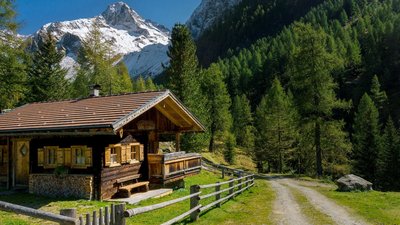
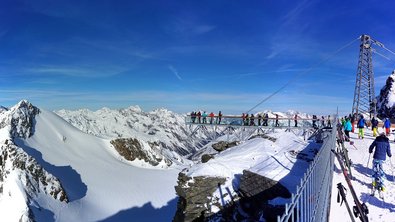
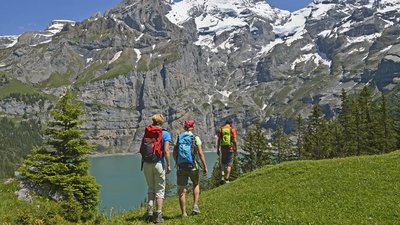
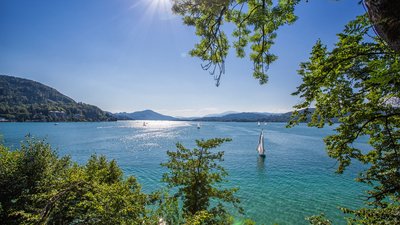
Mighty mountain massifs from the Vorarlberg Rätikon in the west to the Gutenstein Alps in the east form a habitat that has been inhabited for thousands of years.
The Verwall Group, which is only slightly glaciated, the Zillertal Alps and the Hohe Tauern are particularly popular with mountain hikers. The main ridge of this imposing high mountain region is around 120 kilometers long and forms the geographical center of the Eastern Alps. This is where the Grossglockner, Austria's highest mountain at 3,798 m, towers into the sky. At its foot is the "Pasterze", the largest glacier in the Eastern Alps. The Ötztal Alps with the Wildspitze (3,774 m) and the Similaun (3,607 m) are considered one of the largest mountain groups in the Eastern Alps. The Niedere Tauern group with popular hiking destinations such as the Hochgolling (2,862 m) joins the Hohe Tauern.
Rock & water
The Alps are divided by rivers, whose valleys have been important transportation routes and settlement areas for thousands of years. For example, the Inn, which has its source in the Swiss Engadine and runs through the Tyrolean capital of Innsbruck on its 510 km journey to the Danube. Incidentally, Innsbruck is considered one of the most beautiful Alpine cities (Golden Roof, Imperial Palace, Ambras Castle). No less important is the 220 km long Salzach, on which - although no longer in the Alps - the Mozart city of Salzburg is located.
The two river valleys have always connected southern Germany with Switzerland and - via the Brenner Pass - Italy. Huge storage power plants such as the Kölnbrein reservoir (Carinthia) or the high mountain reservoirs of Kaprun bear witness to the importance of Alpine hydropower for energy supply. The lakes surrounded by high mountains also lend the Alps and the Alpine foothills their special charm, as the romantic Salzkammergut lakes Wolfgangsee, Attersee, Mondsee, Hallstätter See and Traunsee show.
Unique mountain world
You can really enjoy the uniqueness of the Austrian mountains while hiking and mountaineering. For example, when you stroll through the dense forests at the foot of the mountains, where you can encounter oak, copper beech, spruce, pine and larch. Or finding typical alpine flowers: the varieties of gentian, alpine rhododendron, saxifrage and perhaps even the rare edelweiss. Or when you can observe alpine animals such as chamois, ibex, marmots, alpine choughs and ptarmigans.
In summer, hundreds of alpine pastures not only provide food for livestock, but also offer hikers relaxation, sometimes overnight accommodation and many a culinary delicacy. The cattle drive in late summer causes a sensation every year. The animals are elaborately decorated and there is music and dancing in the villages. Many of the old Alpine customs still exist to this day, such as the lottery and oracle customs associated with the "Raunächte" around Christmas or the Perchten (mask) run. A more recent folk festival is the magnificent daffodil festival in Bad Aussee (spring).
Sporty in the mountains
The Alps are used for sport in all seasons - for climbing and mountain biking as well as canyoning, paragliding, rafting, canoeing and kayaking. And Austria's national sport of skiing has spawned 260 cable car companies and 7,200 kilometers of ski slopes. In Vorarlberg (Lech/Zürs), Tyrol (Kitzbühel, St. Anton am Arlberg) and Salzburg (Flachau, Zell am See) in particular, the offer is enormous. Salzburg's "Skiwelt amadé" - an association of more than 25 resorts - can even boast 860 kilometers of slopes and 270 lifts.
Source: www.austria.info


